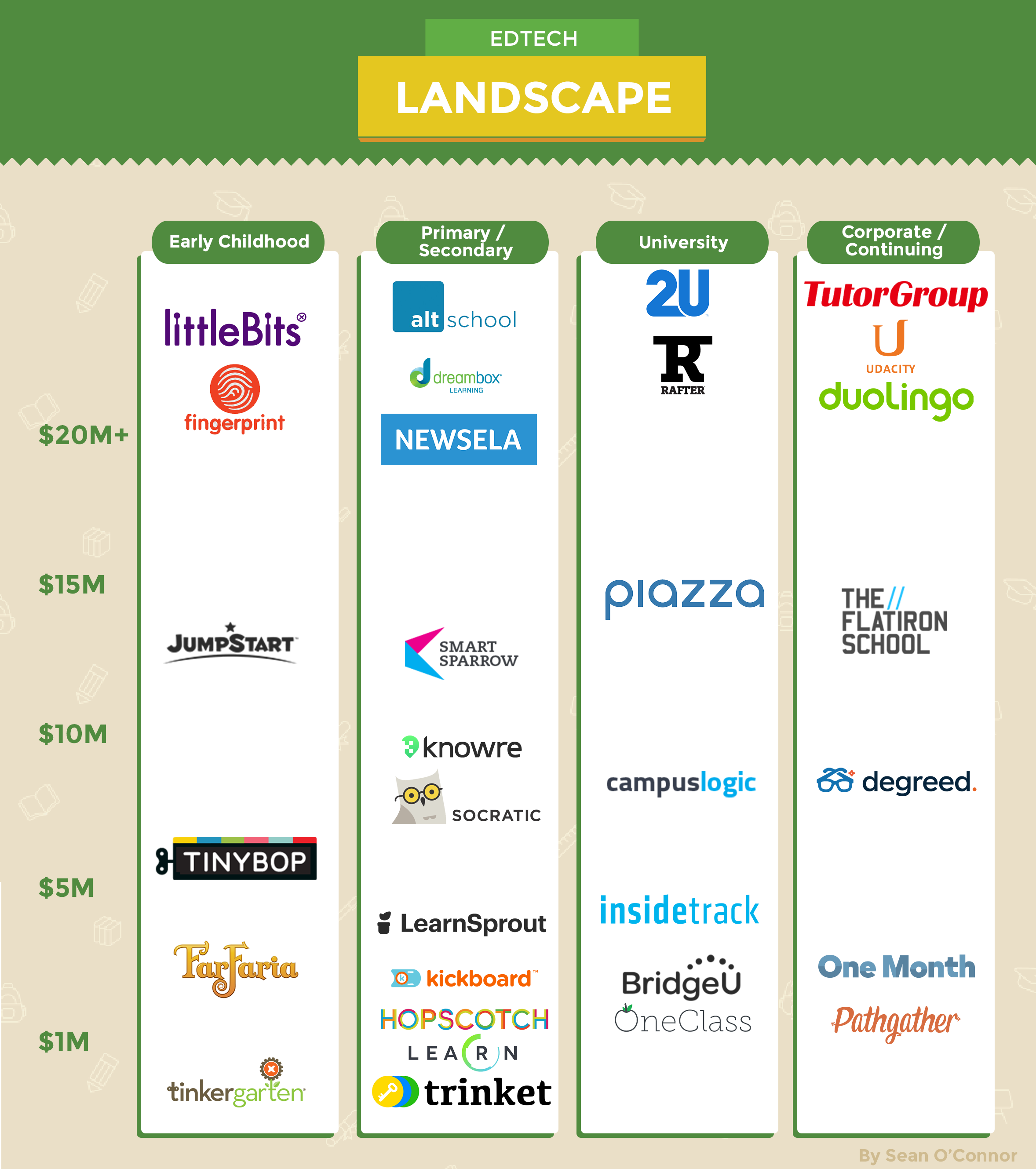Mar
2018
definitions online learning
Online learning here is used as a blanket term for all related terms:
- HyFlex courses – hybrid + flexible
“hybrid synchronous” or “blended synchronous” courses- Definition:
The HyFlex model gives students the choice to attend class in person or via synchronous remote stream and to make that choice on a daily basis. In other words, unlike online and hybrid models which typically have a fixed course structure for the entire semester, the HyFlex model does not require students to make a choice at the beginning of term and then stick with it whether their choice works for them or not; rather students are able to make different choices each day depending on what works best for them on that day (hence the format is “flexible”) (Miller and Baham, 2018, to be published in the Proceedings of the 10th International Conference on Teaching Statistics). - Definition from Horizon Report, HIgher Ed edition, 2014. p. 10 integration of Online Hybrid and Collaborative Learning
- Definition from U of Arizona (https://journals.uair.arizona.edu/index.php/itet/article/view/16464/16485)
Beatty (2010) defines HyFlex courses to be those that “enable a flexible participation policy for students whereby students may choose to attend face-to-face synchronous class sessions or complete course learning activities online without physically attending class”
- Definition:
- Online courses
- Definition
Goette, W. F., Delello, J. A., Schmitt, A. L., Sullivan, J. R., & Rangel, A. (2017). Comparing Delivery Approaches to Teaching Abnormal Psychology: Investigating Student Perceptions and Learning Outcomes. Psychology Learning and Teaching, 16(3), 336–352. https://doi.org/10.1177/1475725717716624
p.2.Online classes are a form of distance learning available completely over the Internet with no F2F interaction between an instructor and students (Helms, 2014). - https://www.oswego.edu/human-resources/section-6-instructional-policies-and-procedures
An online class is a class that is offered 100% through the Internet. Asynchronous courses require no time in a classroom. All assignments, exams, and communication are delivered using a learning management system (LMS). At Oswego, the campus is transitioning from ANGEL to Blackboard, which will be completed by the Fall 2015 semester. Fully online courses may also be synchronous. Synchronous online courses require student participation at a specified time using audio/visual software such as Blackboard Collaborate along with the LMS. - Web-enhanced courses
- Definition
Web enhanced learning occurs in a traditional face-to-face (f2f) course when the instructor incorporates web resources into the design and delivery of the course to support student learning. The key difference between Web Enhanced Learning versus other forms of e-learning (online or hybrid courses) is that the internet is used to supplement and support the instruction occurring in the classroom rather than replace it. Web Enhanced Learning may include activities such as: accessing course materials, submitting assignments, participating in discussions, taking quizzes and exams, and/or accessing grades and feedback.”
- Blended/Hybrid Learning
- Definition
Goette, W. F., Delello, J. A., Schmitt, A. L., Sullivan, J. R., & Rangel, A. (2017). Comparing Delivery Approaches to Teaching Abnormal Psychology: Investigating Student Perceptions and Learning Outcomes. Psychology Learning and Teaching, 16(3), 336–352. https://doi.org/10.1177/1475725717716624
p.3.
Helms (2014) described blended education as incorporating both online and F2F character- istics into a single course. This definition captures an important confound to comparing course administration formats because otherwise traditional F2F courses may also incorp- orate aspects of online curriculum. Blended learning may thus encompass F2F classes in which any course content is available online (e.g., recorded lectures or PowerPoints) as well as more traditionally blended courses. Helms recommended the use of ‘‘blended’’ over ‘‘hybrid’’ because these courses combine different but complementary approaches rather than layer opposing methods and formats.
Blended learning can merge the relative strengths of F2F and online education within a flexible course delivery format. As such, this delivery form has a similar potential of online courses to reduce the cost of administration (Bowen et al., 2014) while addressing concerns of quality and achievement gaps that may come from online education. Advantages of blended courses include: convenience and efficiency for the student; promotion of active learning; more effective use of classroom space; and increased class time to spend on higher- level learning activities such as cooperative learning, working with case studies, and discuss- ing big picture concepts and ideas (Ahmed, 2010; Al-Qahtani & Higgins, 2013; Lewis & Harrison, 2012).
Backchannel and CRS (or Audience Response Systems):
https://journals.uair.arizona.
- https://www.oswego.edu/human-resources/section-6-instructional-policies-and-procedures
- edu/index.php/itet/article/view/16464/16485
- definition
“Backchannel” is a mode of communication created by audience members to connect with other observers both inside and outside of the presentation space, with or without the speaker’s awareness (Atkinson, 2009). - ARS (or CRS) are[audience] response systems are instructional technologies that allow instructors to rapidly collect and analyze student responses to questions posed during class” (Bruff, 2009, p. 1)
- definition
More information:
Blended Synchronous Learning project (http://blendsync.org/)
https://journals.uair.arizona.edu/index.php/itet/article/view/16464/16485
https://www.binghamton.edu/academics/provost/faculty-staff-handbook/handbook-vii.html
